"So get on your bad motor scooter and ride," wails Keith St. John, preening across the stage, "ah ride ah ride ah ride." The final note hangs in the air - fading - until it disappears. The audience is on their feet, shouting their adulation of Montrose, and their applause is deafening. This has been the longest set yet. Following on the heels of "Rock the Nation" and "Space Station #5," "Bad Motor Scooter" has stirred the crowd to a frenzy. The band pauses, taking a well-deserved break.
We are like diatoms living amidst the inner whorls of a Giant Conch, unaware of the outer world. Around me, it's impossible to hear anything above the noise. We're all hoarse from cheering anyway, so why even attempt conversation? Pulsing colors catch my attention. Laser beams like Jedi lightsabers rend the darkness, overarching serried ranks of tiny butane-fueled waving lights. It's like they're a horde of candle-bearing penitents - an approaching army - intent on worshipping en masse.
I'd like to continue and tell you about the rest of the concert, but I was just using my imagination. We are going to talk about heavy metal today, but not the rock band variety. I could have segued into this piece with an introductory paragraph about Heinrich Schliemann, the notorious archaeologist who discovered the ruins of Troy beneath a tell in Turkey, but that would have been too contrived. So heavy metal it is. Today's column is about knowledge, and an effect of ignorance.
In real estate you hear the mantra "location, location, location." You also hear "America, land of Opportunity." How often do you hear the truth? As in, "there's a sucker born every minute," misatributed to P.T. Barnum. The origin of the phrase provides an interesting footnote itself: http://www.historybuff.com/library/refbarnum.html. Barnum may take half credit - rightfully his due - for the merger of his circus with another to become the Barnum & Bailey Circus, "The Greatest Show On Earth."
Because of a curious quirk relating to where we live, we may be getting short-changed. If you went to the butcher's to buy a cut of meat - and witnessed him sneakily applying pressure to the scale with his fingertips - you would be affronted, likely outraged. You would demand an accurate measurement of the item you wished to purchase, or else you would take your business elsewhere. Why then do we tolerate such shenanigans when we purchase precious metals? Because we don't realize the system is out of balance.
In the United States there is a confusing hodgepodge of three different systems of weights and measures. We are comfortable using the Avoirdupois system of sixteen ounces to the pound. We're all familiar with it, so I need not describe it in great detail. Suffice it to say, it's a system we grew up with and when we hear of an item that weighs an ounce, we instinctively think of our own Avoirdupois ounce - the equivalent of 437.5 grains, or 28.35 grams - as what is being referred to. There used to be another system of weights and measures as well.
The Apothecary System was used in medicine and pharmacy in the United States until 1971, at which time we converted to the metric system. Apothecary is actually medieval nomenclature for a medical professional who formulates and dispenses pharmacological substances, a modern-day pharmacist. From Wikipedia we learn "the English version of the system is closely related with the English troy system of weights, the pound and grain being exactly the same in both. It divides a pound into 12 ounces."
Finally, we have the troy system of weights and measures. Thought to have originated in Troyes, France, this system is the one favored for weighing precious metals. Silver and gold spot prices are quoted in troy ounces, not Avordupois. Most people are unaware that there's a difference. Thus buyers can fall victim to the duplicity of unscrupulous vendors who might try and take advantage of this semantic confusion. Sellers might capitalize via an unintentional de facto form of arbitrage to increase their profit margins.
What am I talking about? Well, consider. The spot prices of gold and silver that we're always hearing about from the talking heads on CNBC? The listed real-time market quotes for the metals found on such sites as Kitco and Amark? The cost determinant basis for bullion sales prices at online dealers like APMEX, and BullionDirect? They all quote the spot price in a form of weight we aren't accustomed to thinking in. Precious metals use a troy oz, not Avordupois. Why does this make a difference?
A troy ounce weighs more than an Avordupois - 480 grains or 31.1 grams - to be precise. An Avordupois ounce weighs only 437.5 grains, or 28.35 grams. The prices quoted at these 24/7 websites are stating the values of a metal, that will be artificially high, unless we modify our thought process. For example; not too long ago silver was quoted in troy as being worth $18.50. Isn't that the same in Avordupois? An ounce is an ounce, right?" Unfortunately no. And this is where an opportunity arises for manipulation during a transaction, such as on ebay.
Because an Avordupois ounce is smaller, it would only be worth $16.86. Not $18.50. With a system like this, it could be subject to misabuse if the buyer didn't understand both forms of ounce measurements. Caveat emptor. Luckily, if one deals - in only United States Mint issued American Silver Eagles, or American Gold Eagles - this problem is obviated as both coins are .999% pure one troy ounce of metal. The government has taken the guesswork out of this for us. Hey, they did something right?
The problem arises again when we go to make purchases of coins that are not recognized bullion minted by the United States. Coin of the realm, 90% silver coins that circulated for their use as
money until 1964 are sold based on troy prices. Again, so? Well, Percival, if you buy an item that is worth $16.86, but is priced at $18.50, don't you think there's something wrong with this picture? If we purchase a $100 face bag of circulated junk silver online, no problem. You get what you paid for. But what if you're bidding on ten "ounces" of silver on ebay? What kind of ounces are they?
You might not even question the transaction. I'm not insinuating that the seller could be out to dupe you. But, accidentally or intentionally, this could easily occur. If you were to win on a bid of $185.00 for ten ounces, you'd be thinking "woohoo, I got it at melt!" Did you? What if the seller was referring to Avordupois ounces, as several current ebay ads do? If that's the case, you just bought 283.5 grams of 90% silver. Divide that by 31.1. You bought 9.1158 troy ounces of silver. You overpaid on what should have been a $168.64 bid. So, Rookie, could be you were just had.
Because you purchased an item priced in troy but in reality Avordupois, you unwittingly offered a 9.73% premium to the melt value. We're safe at present, as online bullion vendors trade in troy terms. But what if you attempt to sell in the future? Then it just became much harder to profit from your holdings. What do I mean by this? Let's say that you know $100 face value of junk silver contains 71.5 troy ounces. You see a listing on ebay which specifies 71.5 ounces of silver. You base your bid on troy - $1322.75 - not realizing the guy used a bathroom scale. He may be guileless, or a hustler.
Five years from now you walk into the coin shop - trying to make eye contact with the owner - who is poring over a greysheet. "Excuse me," you stammer, "I'd like to sell some silver bullion." "Sure," the dealer says, "no sweat. What ya got?" "I've got this bag of $100 face value of circulated silver," you offer. "Junk?" says the dealer, "not so sure I need more junk. Just bought a bunch yesterday and I haven't had anyone buying in awhile." He pauses to fix you with a penetrating gaze, as if to read your innermost thoughts.
"With silver at $70 an ounce, everyone and their brother wants to sell," he goes on, "I even had one old lady in here last week trying to peddle antique sterling silver flatware. Do I look like a smelter? I hadda tell her 'nah, can't help you,' the stuff was tarnished." "How much could you give me for it?" you ask. "Well, lessee," he weighs the bag and calculates, "melt's at $70... so that would make it... $4,564." He looks up with a smile, awaiting my response. "But I figured it out before I came in," you quaver, "shouldn't it be worth $5005?" "Ah hell, kid," he looks as if he's sorry for you, "you're thinking in troy."
"This here bag, Son," he pauses,"only weighs 2278 grams. $100 of face silver will weigh closer to 2500 grams. You never counted the face value, did you?" "Well, no," you argue," the ad said if was 71.5 ounces of silver, I just assumed that," your voice tails off as you realize what happened. "You mean, I got ripped off?" "Nah, Son," he replies, "they sold you a little over $91.10 in silver, because they didn't tell you the 71.5 ounces were in Avordupois." He continues,"you thought you were bidding on troy - $100 face - but they didn't tell you that, you assumed.
"Technically, they didn't lie. But they were preying on your ignorance. Pretty good scam while it lasted, but eventually - after a few people learned the hard way - they set out to educate the others. By 2011, ebay made em start listing silver in troy ounces only. You stand there, staring, unable to believe what you're hearing. "If you bought your silver in 2009 or earlier, you aren't alone. This happened to lots of folks," he continues,"for Gawdsakes, why didn't you people learn troy and Avordupois?"
A blush of embarassment blooms like a rose upon your cheeks. "Prices back then were pretty much set by what buyers on ebay were willing to bid. No one understood the difference between troy and Avordupois," you tail off, chagrined. "Well, Hellsfire Son, that ain't my fault is it?" the dealer fires back. "I'm sorry Son, but we did away with that old system back when silver and gold finally took off. Buying it like that added a premium you didn't know about." Unwilling to accept less than you expected, you turn to leave.
As you're walking out, you're struck by a sudden thought and turn back. He's flipping through his wholesaler's coin buying guide again."Yeah," he asks? "Uhhh, my wife's gonna wanna know
why I didn't sell the coins. Can you explain it to me in simple terms, so I can explain it to her?" A look of exasperation crosses his face, but then is gone. In its place seems to be a look of grudging admiration. "C'mere Kid," he says, as you approach the counter. "Look," he says, "you thought you knew the price of what you were paying for, but ya kinda got bamboozled."
"How so?" you answer. "Well, Son, a troy ounce is heavier than one of our ounces: 31.1 grams to 28.3 grams, okay?" He pauses then continues, "everyone knows we deal in Avordupois ounces in this country when we buy and sell stuff, but what they didn't understand was that precious metals melt prices were quoted in a different more expensive system of ounces." He shakes his head sadly, "you paid too much for that silver Son, because you didn't understand the difference in the systems." He seems almost ready to make an admission, then changes his mind. "I wish I could help you out Son, but looks like today you learned an expensive lesson."
Buy Silver. Buy Gold. Save Copper. Start Now.
Sunday, December 6, 2009
Subscribe to:
Post Comments (Atom)



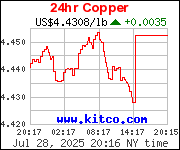


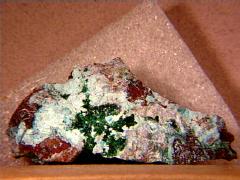

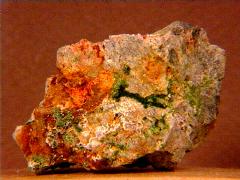
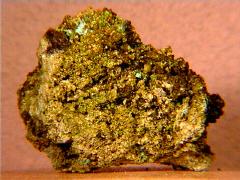
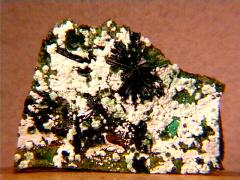
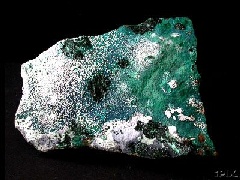


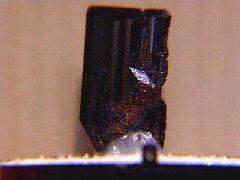
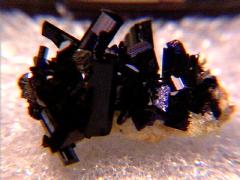
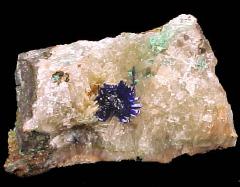


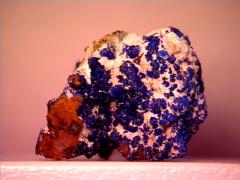






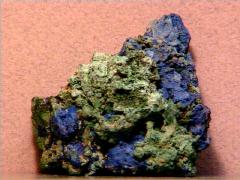

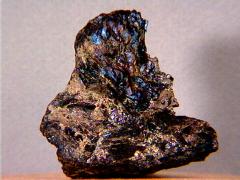




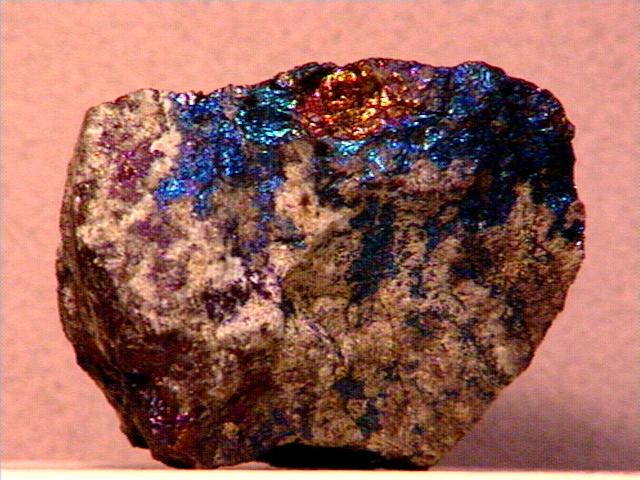


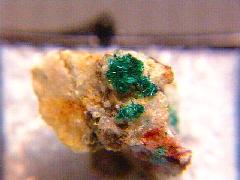
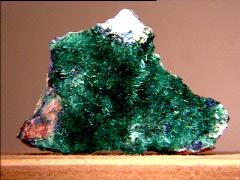







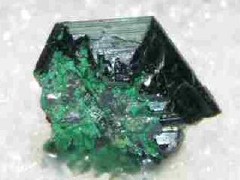
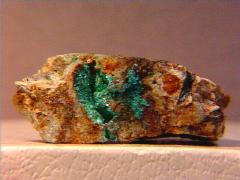

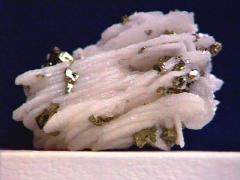
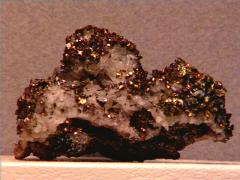

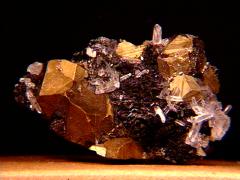
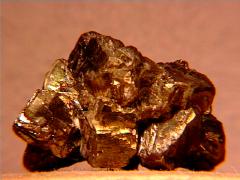




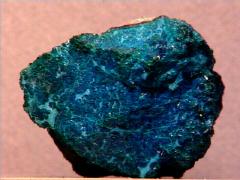
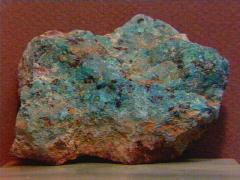


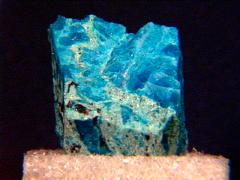
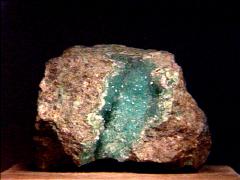
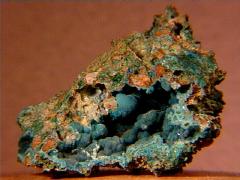
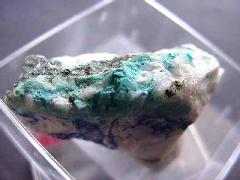
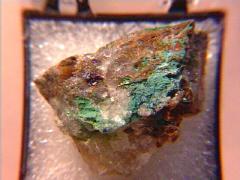
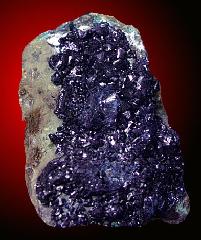
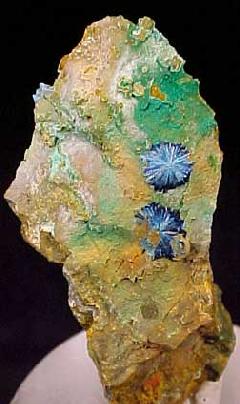
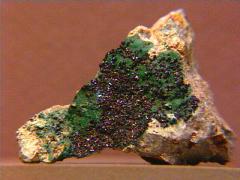

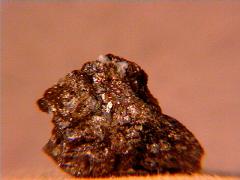
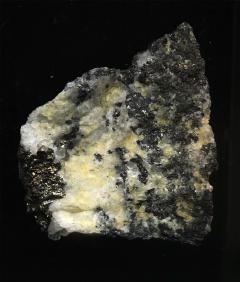






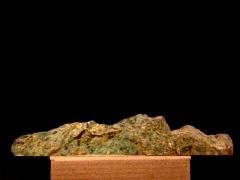



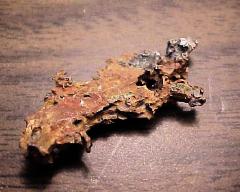
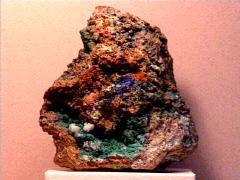


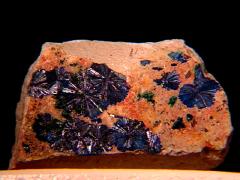
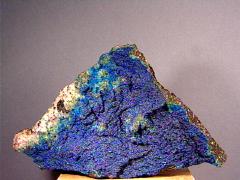

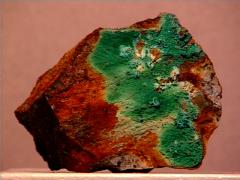


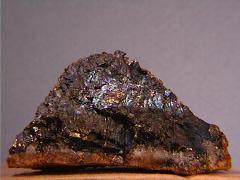
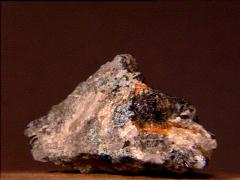


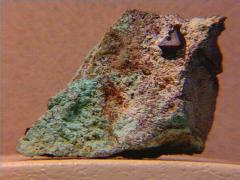


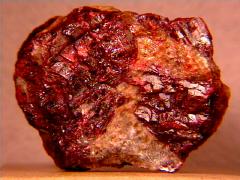
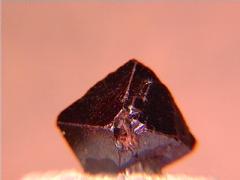

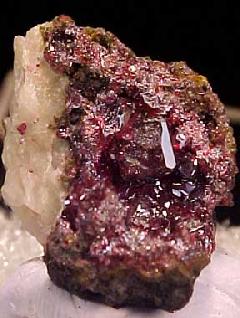


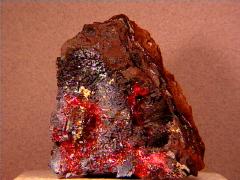


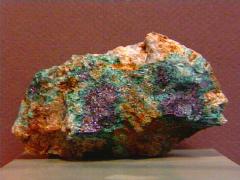

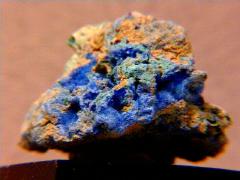

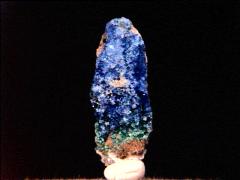




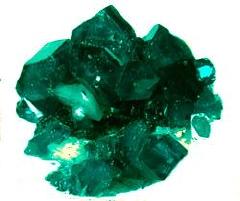



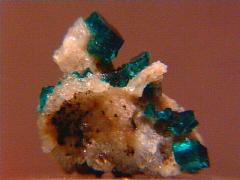








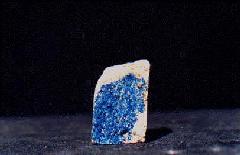


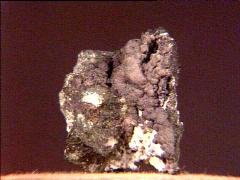
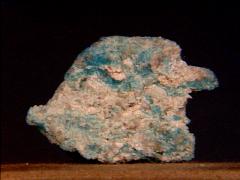






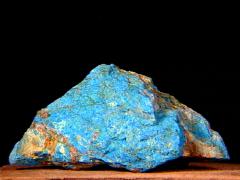

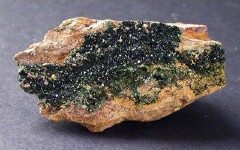


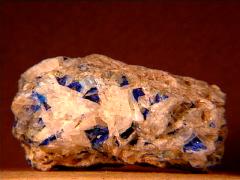
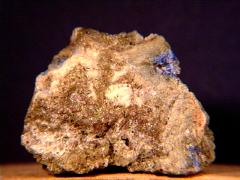


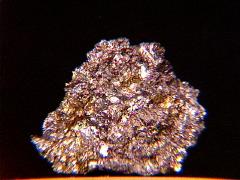
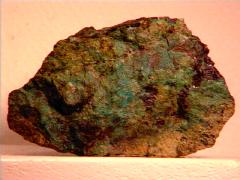
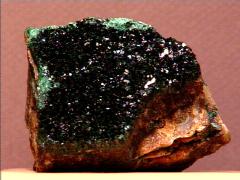
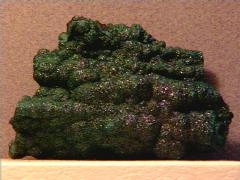




No comments:
Post a Comment